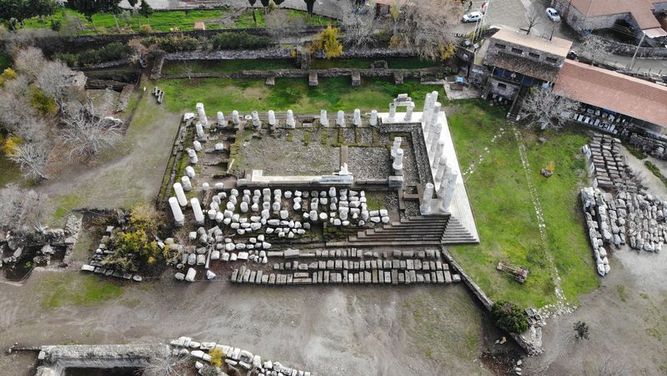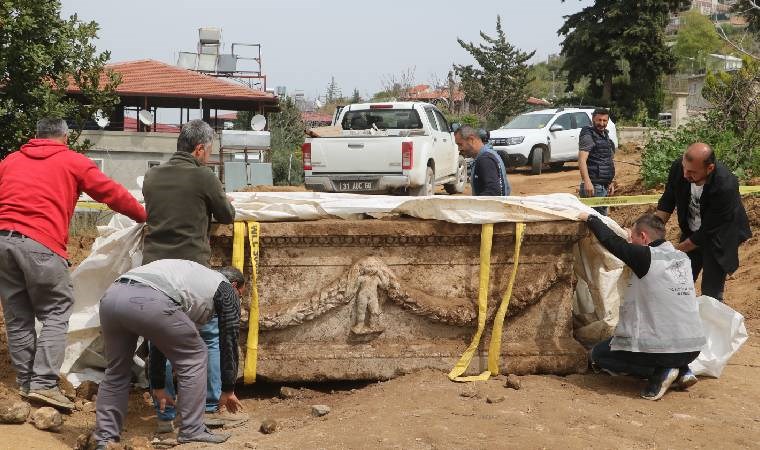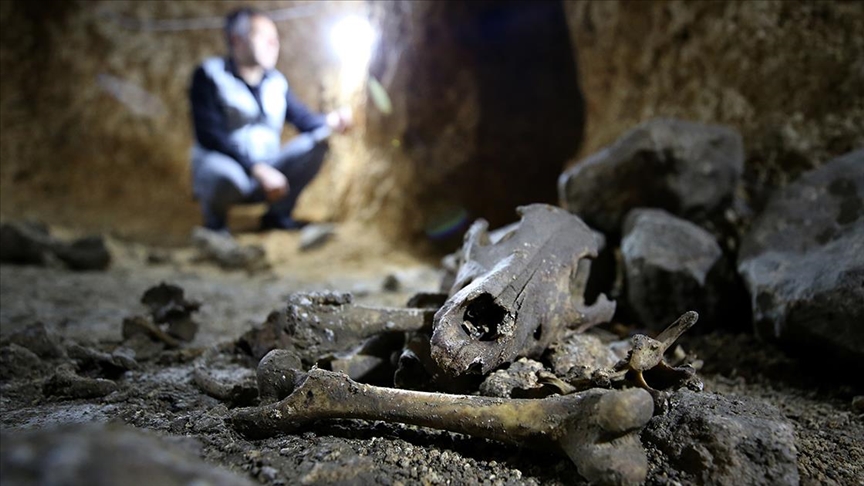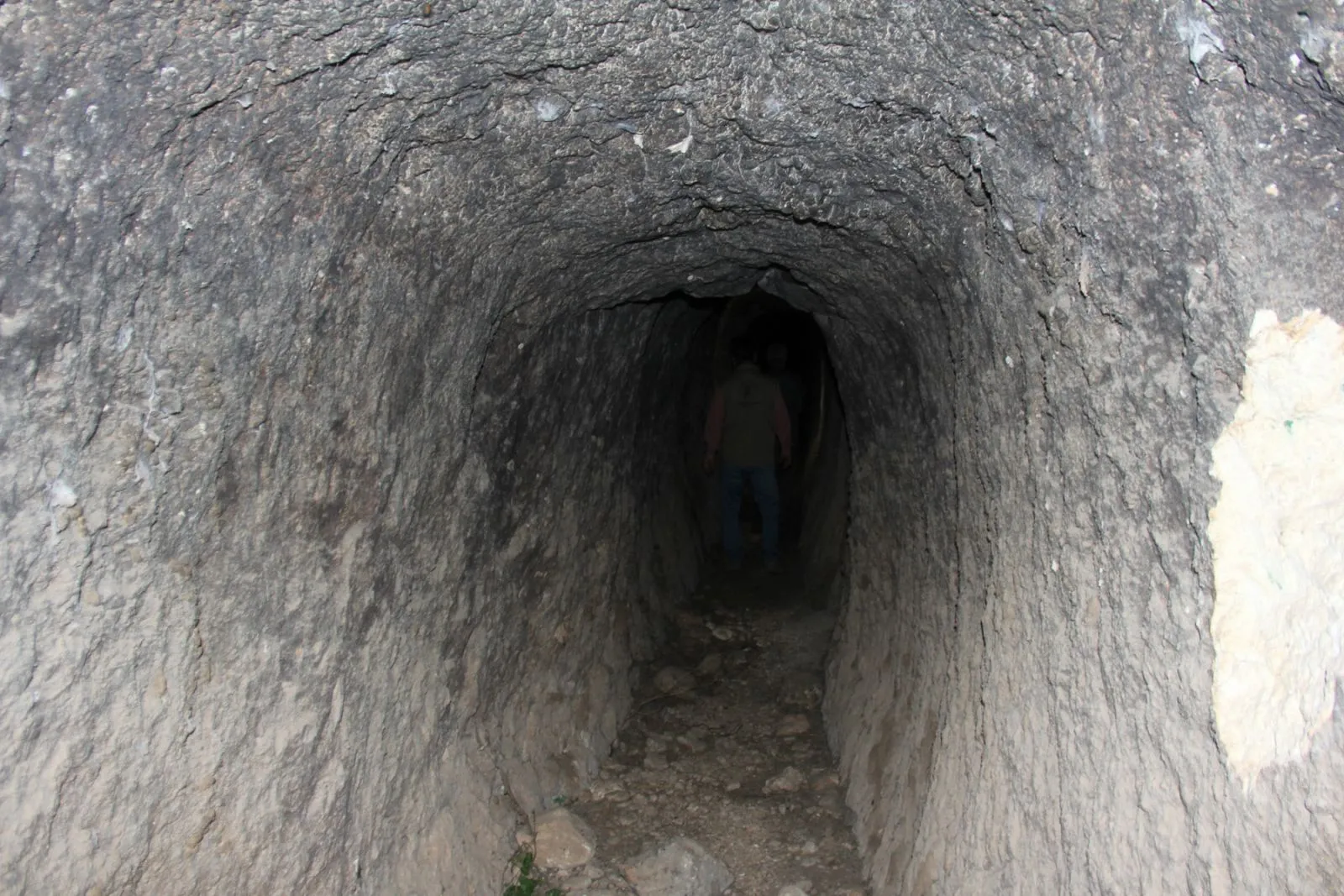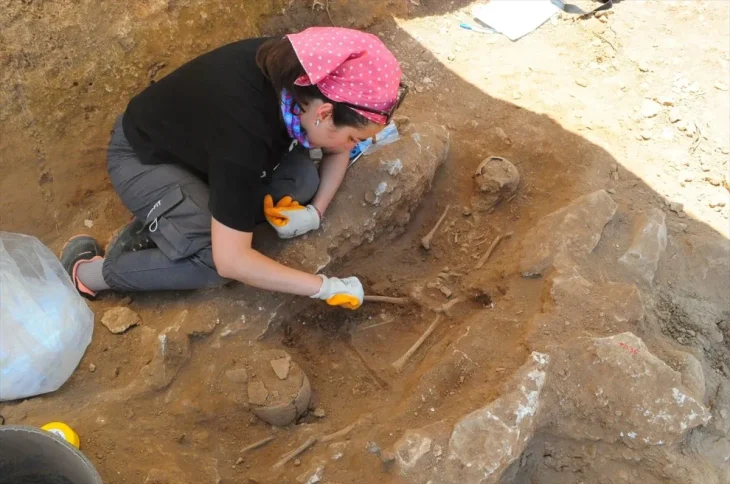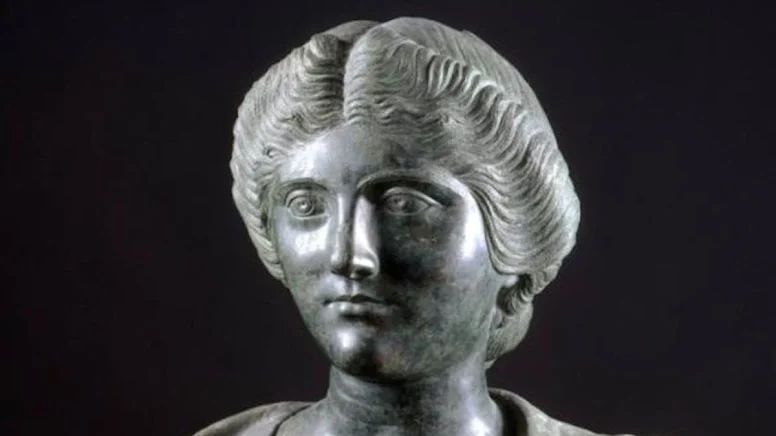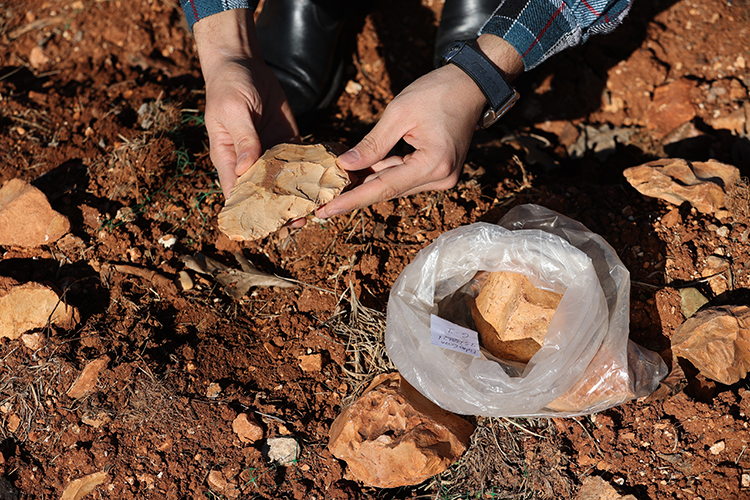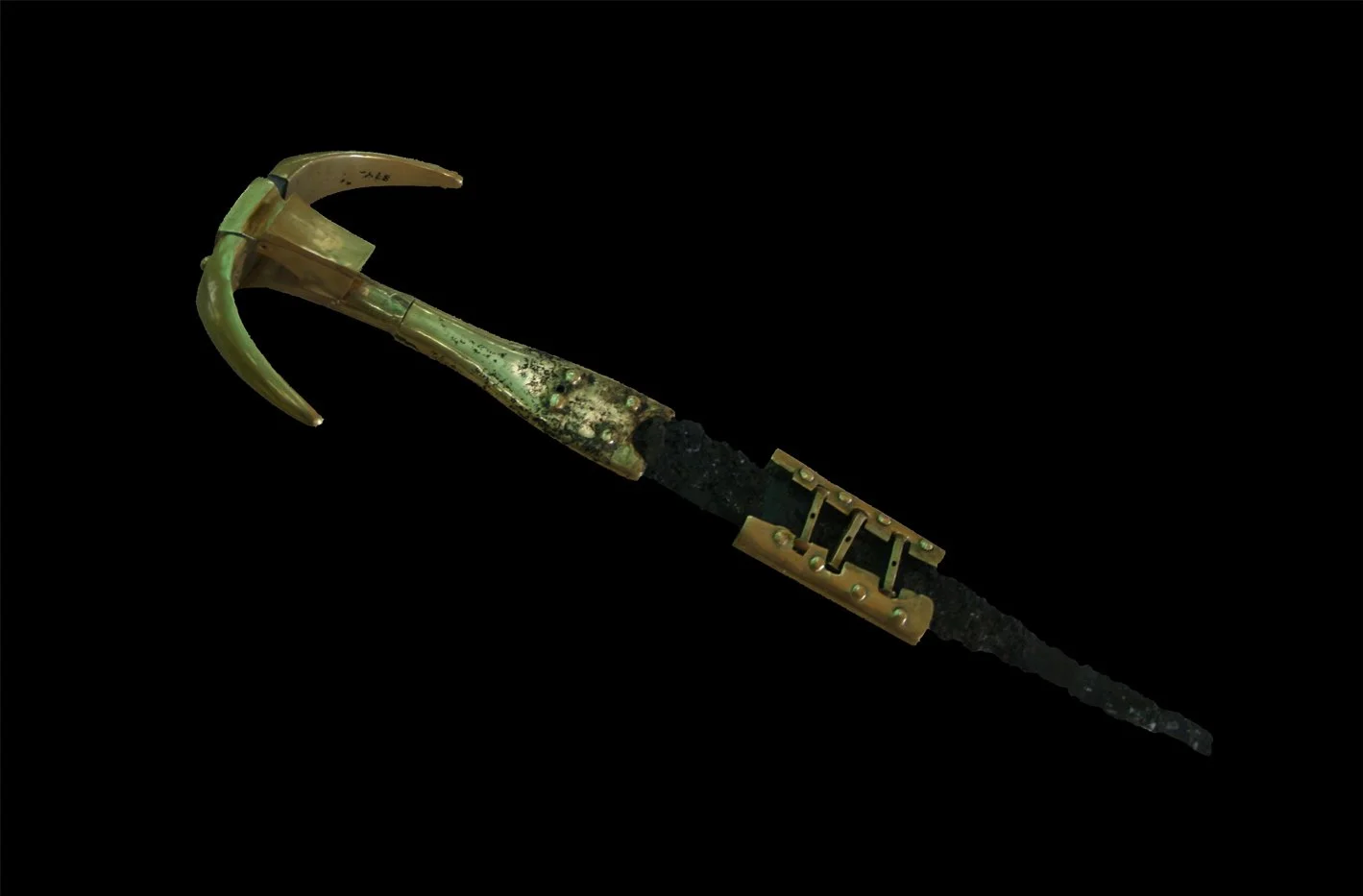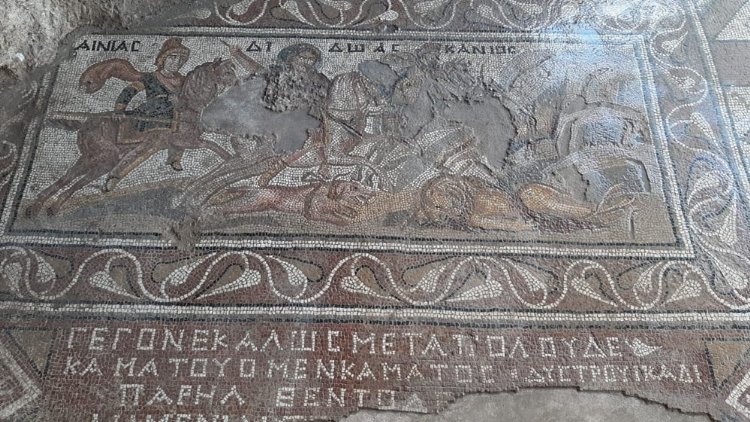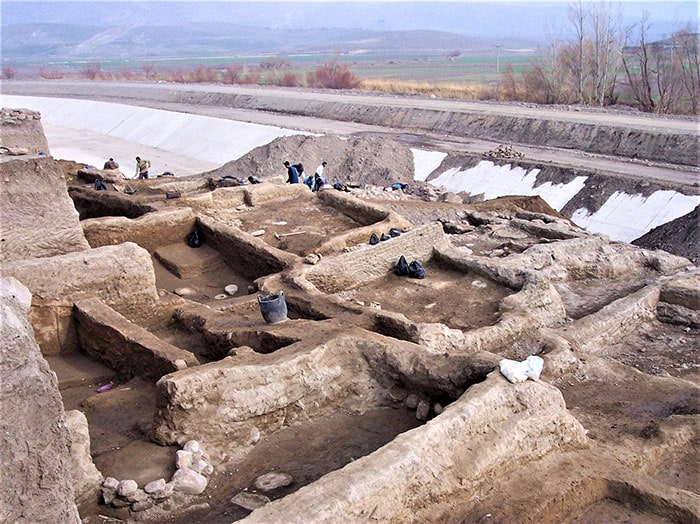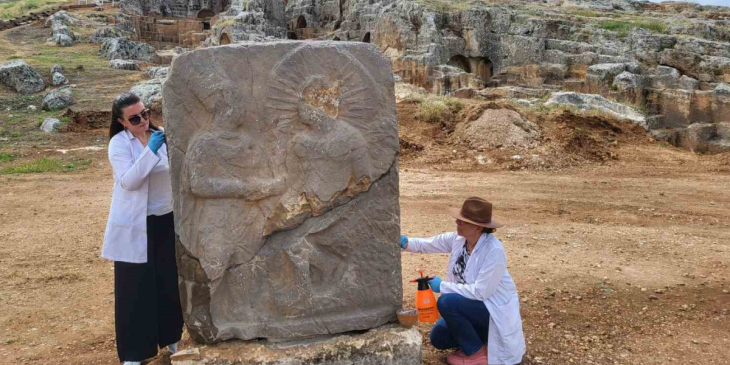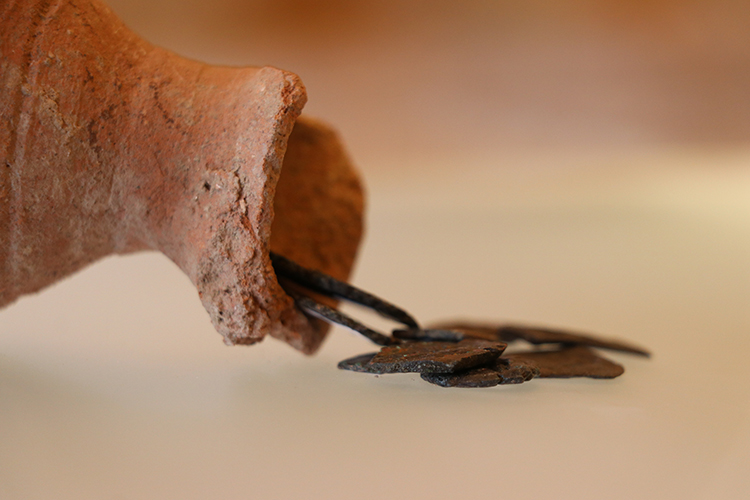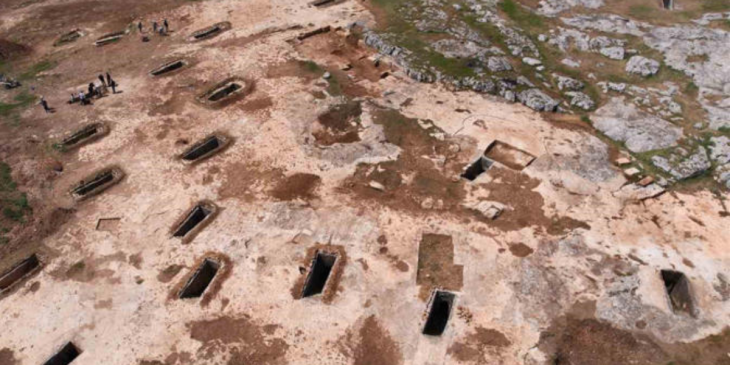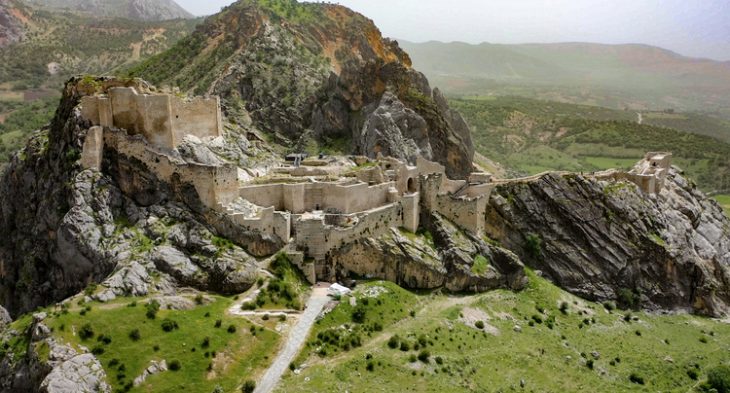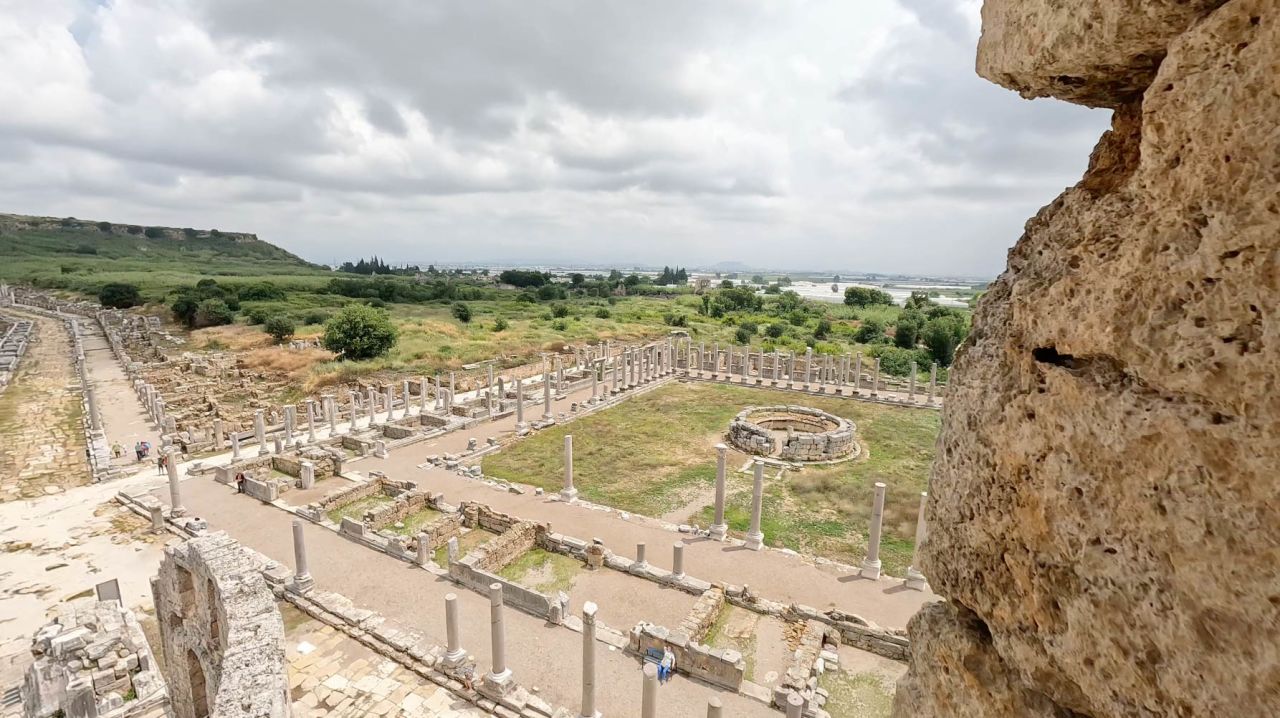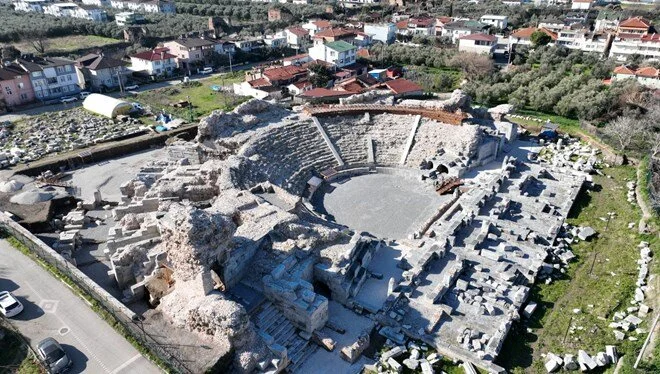A 2 thousand year old tomb was unearthed in the Temple of Apollo Smintheus in Çanakkale. More than 10 skeletons were found inside the tomb.
In the Temple of Apollo Smintheus in Gülpınar village of Ayvacık district of Çanakkale, a Roman Period 2000-year-old tomb was reached.
The tomb was excavated in the necropolis northwest of the Temple of Apollo Smintheus. Excavations at three different points revealed two graves as well as the remains of the foundations of some structures.
The excavations, led by Assoc. Prof. Dr. Davut Kaplan from Samsun Ondokuz Mayıs University Archaeology Department, were completed on October 1 this year.
Preliminary evaluations on the skeletons, which were found in the vessel in the burial chamber, which were disintegrated and mixed, revealed that more than ten individuals were buried in this tomb.
Stating that they understood the existence of monumental tombs in Smintheion during the Roman Empire period with the plan of this tomb, the researchers noted that the tomb may have been built by wealthy people or individuals.
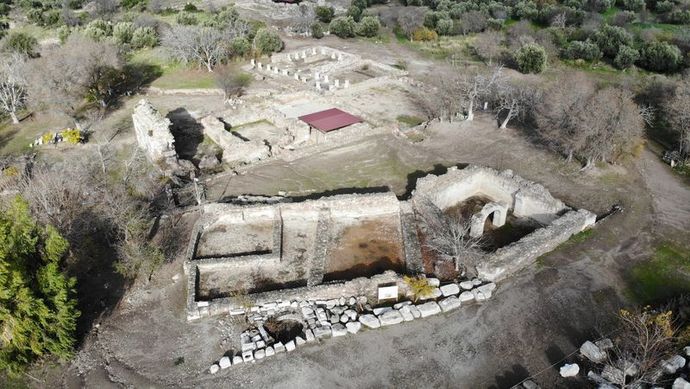
Team member Dr. Faculty Member Hüseyin Yaman told IHA correspondent, “With the studies in the necropolis, we have gained information about the burial traditions of the people and communities that existed here. In addition, we aim to contribute to determining the boundaries of the area.
In accordance with this purpose, the excavations we carried out at three different points revealed two graves as well as the remains of the foundations of some structures. We think that the monumental tomb, which is understood to have a single room with only its foundations intact, belongs to approximately 2000 years ago.”
Hüseyin Yaman continued as follows. “Preliminary assessments of the skeletons, which were found in the vessel in the burial chamber, in a state of disintegration and confusion, indicate that more than ten individuals, both children and adults, were buried in this tomb. However, detailed investigations will provide more comprehensive data about the burials in this tomb.
Stating that the plan of this tomb reveals the existence of monumental tombs in Smintheion during the Roman Imperial period, the researchers believe that such a tomb could have been built by wealthy people or individuals.”
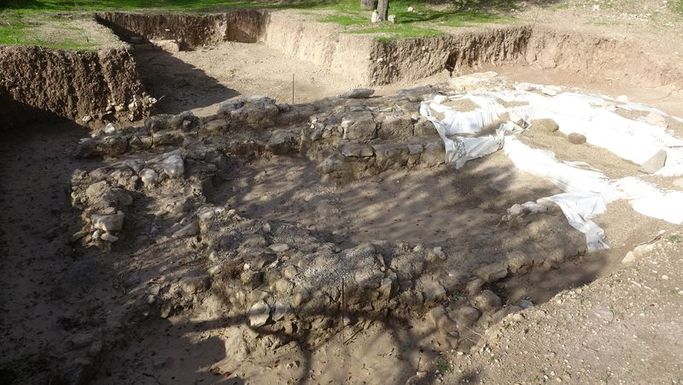
“According to the first observations, the round-planned structure with a lime-covered floor was considered to be part of a workshop. In addition to the excavations in three trenches, geophysical studies were also carried out in this area and the first results showed the presence of different spaces. The work will continue in the coming years. With the increase in the number of grave spaces that are likely to emerge in this area, we will be able to obtain much more comprehensive information about burial traditions, grave types, the change of the boundaries of the sanctuary and architectural phases.”
Çanakkale Onsekiz Mart University (ÇOMÜ) Department of Art History Faculty Member, Vice Head of Excavation Assoc. Prof. Dr. Oğuz Koçyiğit said, “Excavation work started on June 15. It continued until October 1. In this process, we focused especially on the necropolis area. In the excavation house, our office work and laboratory work continued.
We also focused on mapping and documentation. We have been carrying out intensive documentation work in the excavation area for the last few years. Mapping is important for us in this sense. We are trying to extract the plans of the existing structures and transfer them to the city plan.”

